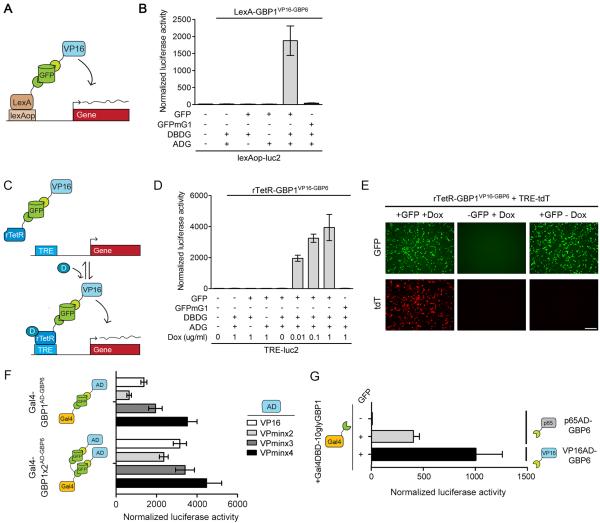Figure 3. T-DDOGs are highly adjustable.
(A-E) T-DDOGs based on LexA (A) and rTetR (C) DBDs. Doxycycline is “D” in (C). Tetracycline response element (TRE) includes seven tetO sequences (C). (B) LexA-GBP1VP16-GBP6 activated a lexAop-luc2 reporter only in the presence of GFP. n=9. (D) rTetR-GBP1VP16-GBP6 activated TRE-luc2 in a GFP and doxycycline-dependent manner. n=6-9. (E) Similar results were seen with TRE-tdT. Doxycycline was used at 1μg/ml. Images were taken 16 hours post-transfection. (F and G) Tuning T-DDOGs with adjustable DBDs and ADs. (F) Increasing the number of GBP1 on Gal4DBD (n=6-9) enhanced the transcriptional potency for each ADG (n=9). (G) Potency of p65AD compared to VP16AD. T-DDOGs used are Gal4-GBP1p65-GBP6 and Gal4-GBP1-BVP16-GBP6. n=9. Scale bar, 100μm. Plots are mean +/− SD.

